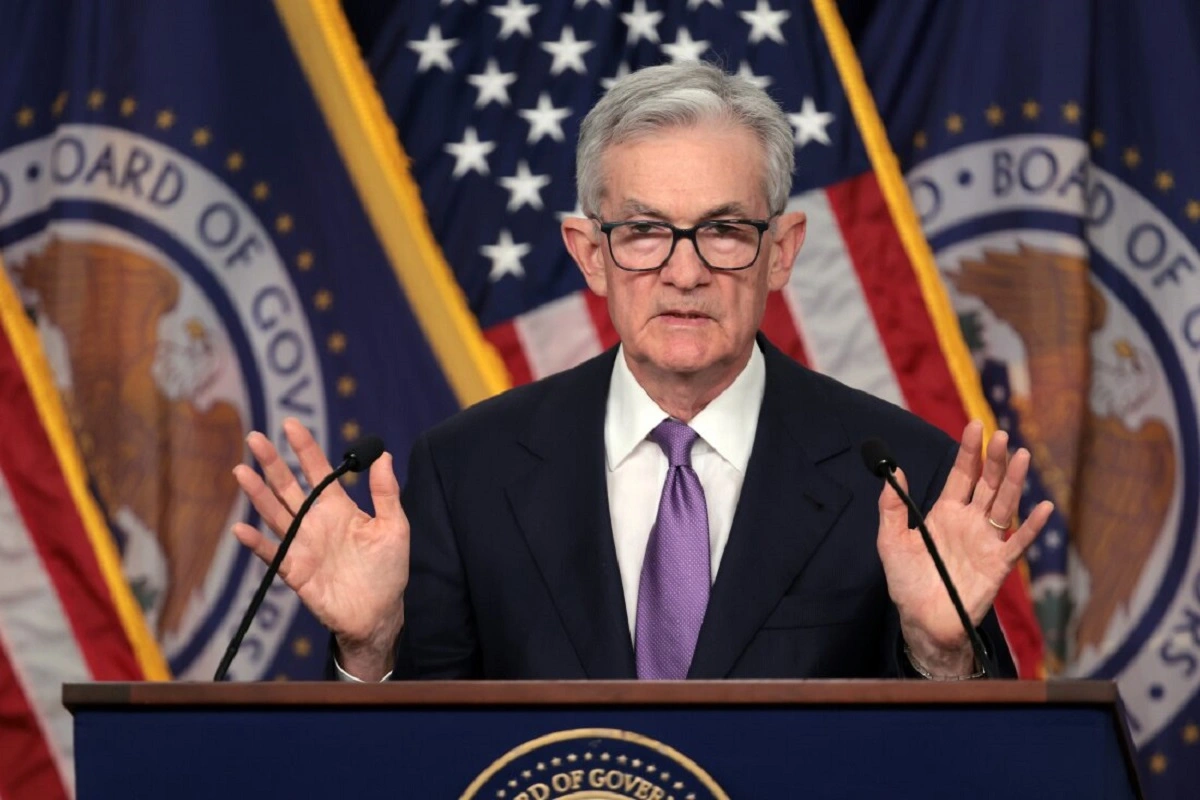
The Federal Reserve cut interest rates by half a percentage point on Wednesday, marking the beginning of a likely steady easing of monetary policy. This larger-than-usual reduction followed growing concerns about the health of the job market. The Fed’s rate-setting committee stated, “The committee has gained greater confidence that inflation is moving sustainably toward 2%,” though Governor Michelle Bowman dissented, favoring a smaller cut.
Policymakers project further reductions, with the benchmark rate expected to fall by another half a percentage point by year-end, and by an additional full percentage point in 2025, ultimately settling in the 2.75-3.00 percent range.
Economic Outlook and Market Reactions
Fed Chair Jerome Powell emphasized that the decision reflects confidence in maintaining labor market strength amid moderate growth. Following the announcement, US stocks rose, the dollar weakened, and Treasury yields fell. Economist Brian Jacobsen described the cut as a “strong signal” of the Fed’s strategy.
While acknowledging that inflation remains “somewhat elevated,” the Fed decided to lower the overnight rate to the 4.75-5.00 percent range based on progress in inflation and balanced risks. The central bank noted it would adjust monetary policy if necessary to achieve stable prices and maximum employment.
As the Fed’s policy meeting was the last before the upcoming presidential election, investors began anticipating further cuts. Current projections show the annual rate of inflation declining to 2.3 percent by year-end and 2.1 percent by 2025. The unemployment rate is expected to rise to 4.4 percent this year, with economic growth projected at 2.1 percent through 2024.
Policymakers Signal Continued Easing
The Federal Reserve cut interest rates by half a percentage point on Wednesday, marking the beginning of a likely steady easing of monetary policy. This larger-than-usual reduction followed growing concerns about the health of the job market. The Fed’s rate-setting committee stated, “The committee has gained greater confidence that inflation is moving sustainably toward 2%,” though Governor Michelle Bowman dissented, favoring a smaller cut.
Policymakers project further reductions, with the benchmark rate expected to fall by another half a percentage point by year-end, and by an additional full percentage point in 2025, ultimately settling in the 2.75-3.00 percent range.
Economic Outlook and Market Reactions
Fed Chair Jerome Powell emphasized that the decision reflects confidence in maintaining labor market strength amid moderate growth. Following the announcement, US stocks rose, the dollar weakened, and Treasury yields fell. Economist Brian Jacobsen described the cut as a “strong signal” of the Fed’s strategy.
While acknowledging that inflation remains “somewhat elevated,” the Fed decided to lower the overnight rate to the 4.75-5.00 percent range based on progress in inflation and balanced risks. The central bank noted it would adjust monetary policy if necessary to achieve stable prices and maximum employment.
As the Fed’s policy meeting was the last before the upcoming presidential election, investors began anticipating further cuts. Current projections show the annual rate of inflation declining to 2.3 percent by year-end and 2.1 percent by 2025. The unemployment rate is expected to rise to 4.4 percent this year, with economic growth projected at 2.1 percent through 2024.
Also Read: Apple Sees Surge In Pre-Orders For ‘Make in India’ iPhone 16 Ahead Of Launch
To read more such news, download Bharat Express news apps

















